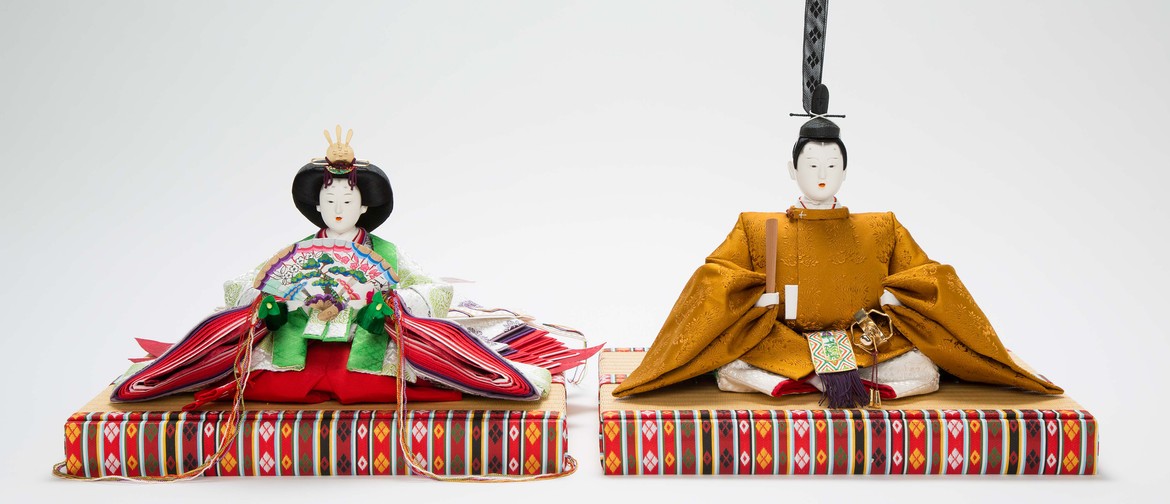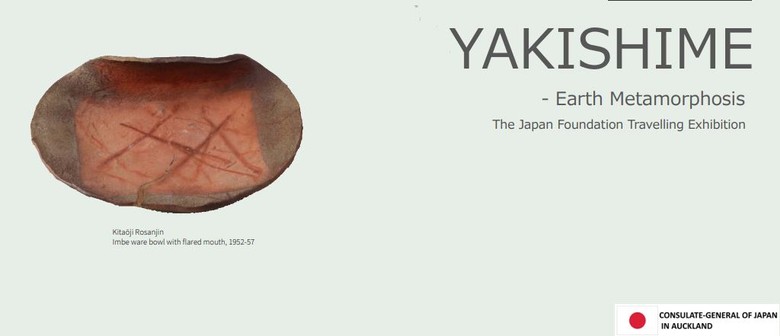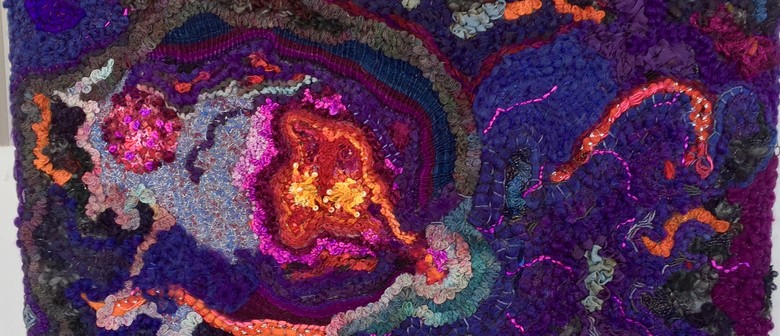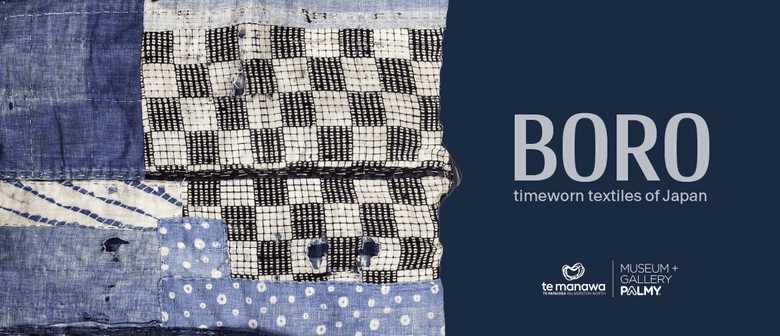“NINGYŌ: Art and Beauty of Japanese dolls" Exhibition
214b Hibiscus Coast Highway, Orewa, Auckland
Ticket Information
Restrictions
Websites
Listed by
This exhibition explores the Japanese doll and its culture nurtured in the history and folklore of Japan with a focus on the "Ningyō to pray for children’s growth" used in the seasonal festivals; " Ningyō as fine art" for appreciation, which is characterized by various techniques, technologies, and styles; " Ningyō as folk art" that focus on local diversity and simple beauty; "Spread of Ningyō culture" that covers the diversity of dolls continuing to todays.
Section One: Ningyō to pray for children’s growth.
The history of the Japanese doll can be traced back to the ancient rituals to ward off bad luck and to pray for a healthy and happy life, and these rituals were led to Sekku, a festival to pray for the health of one's baby. In this section, we introduce Katashiro, Amagatsu and Hōko, which are considered to be the prototype of the Japanese doll, as well as Dairi-bina and Momotarō, which are the dolls disprayed at the festival.
Section Two: Ningyō as fine art.
The court and other upper classes favoured the Japanese dolls, which was refined in terms of craftsmanship. Many sophisticated pieces were produced that were primarily intended to be admired, and they were decorated with auspicious designs. In this section, Gosho Ningyō, Saga Ningyō, Nara Ningyō, Ishō Ningyō are introduced.
Section Three: Ningyō as folk art.
Japanese dolls culture in local area have blossomed all over Japan. These folk dolls are made of familiar materials like paper and clay, and depict motifs of fables and natural features that handed out in common people. This section introduces local folk dolls from all over Japan, such as simple and cute Obata Ningyō, Imado Ningyō, and Miyoshi Ningyō.
Section Four: Spread of Ningyō culture.
There are a variety of dolls in Japan in terms of materials, techniques and expressions, including dolls as toys and dolls used in traditional performing arts. We introduce there a Japanese doll culture which continues to these days, showing contemporary dolls recognized as a field of art, dress-up toy dolls, and collector figures of anime characters and more. Ichimatsu Ningyō, Jōruri Ningyō, Hagoita, Licca are introduced in this section.
This exhibition will then continue to travel the world, and Estuary Arts is thrilled to be hosting the exhibition for the City of Auckland.
*Ningyō is a Japanese word which equals to “doll”, and literally means “human shape.”
Log in / Sign up
Continuing confirms your acceptance of our terms of service.




Post a comment